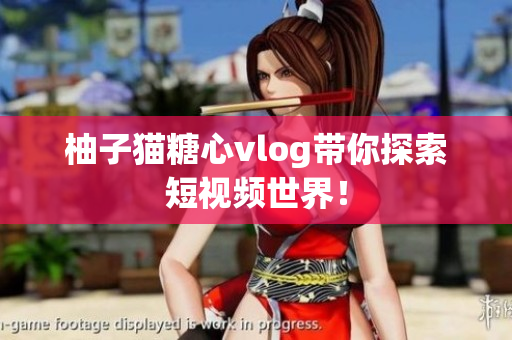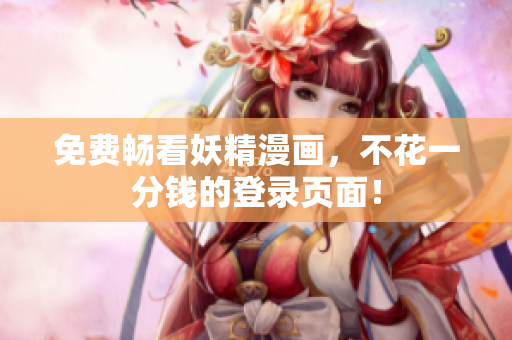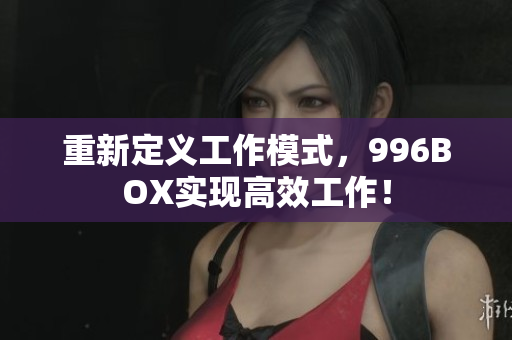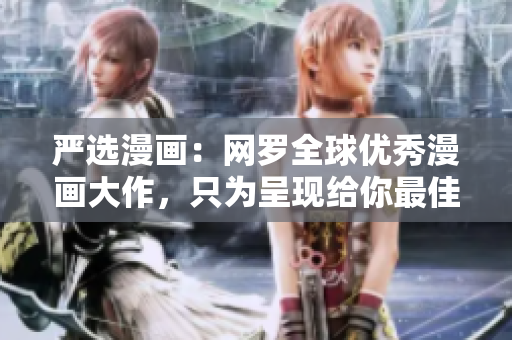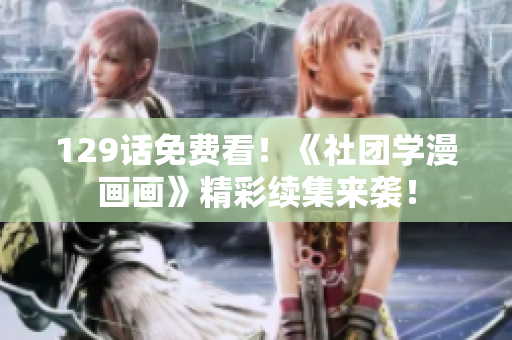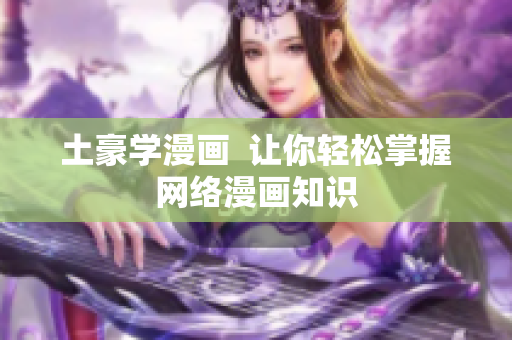English Teacher Behaving Herself by Pulling up her Skirt
There’s no denying that the culture and tradition of the East differ vastly from those of the West. What may seem taboo or inappropriate in one part of the world may be completely acceptable or even celebrated in the other. This disparity in values and beliefs can sometimes lead to misunderstandings and conflict but at the same time, it can also be a source of fascination and learning.
Take for instance the recent controversy surrounding a video posted by popular Chinese vlogger, Xiaoyu, known as the “Pomelo Cat” to her fans. In her latest vlog, Xiaoyu was seen wearing a school uniform and coyly lifting her skirt to reveal her legs while mimicking a popular anime character. While this may seem harmless to some, it drew criticism from many quarters, particularly from those who felt that it was inappropriate given Xiaoyu’s massive following among young viewers.
Taking a Closer Look at the Video
While it’s true that the video may not sit well with some, it’s important to note that the video feature was not sexually explicit or vulgar in any way. Xiaoyu did not expose any private parts of her body nor was she dressed provocatively. Her actions were more akin to playful and teasing rather than sexual.
Furthermore, we need to consider the context in which the video was made. The Pomelo Cat is known for her lighthearted and fun content, targeting a young audience, so her actions in the video should be seen in that light. It’s also worth noting that in some parts of the East, it is not uncommon for women to show their legs in public, particularly in the summer months.
The Role of Culture in Shaping Our Perception
At the heart of the issue is the difference in values and cultural norms between the East and West. While the action of raising one’s skirt might be considered inappropriate in the West, it’s not necessarily so in the East. These differences should be respected and celebrated as they offer us the opportunity to learn about other cultures and broaden our perspectives.
Language teachers, in particular, should be aware of these cultural differences when teaching. The words and phrases that might be innocent in one culture might be offensive in another. By taking the time to understand these differences and being sensitive to them, educators can create a more inclusive and supportive learning environment for their students.
Conclusion
While the controversy surrounding Xiaoyu’s video may have died down, it has brought to light the importance of understanding cultural differences and the role they play in shaping our perceptions. As language educators, we have a unique opportunity to promote cultural understanding and respect in the classroom. Let’s use this opportunity to create a more harmonious and accepting society.

